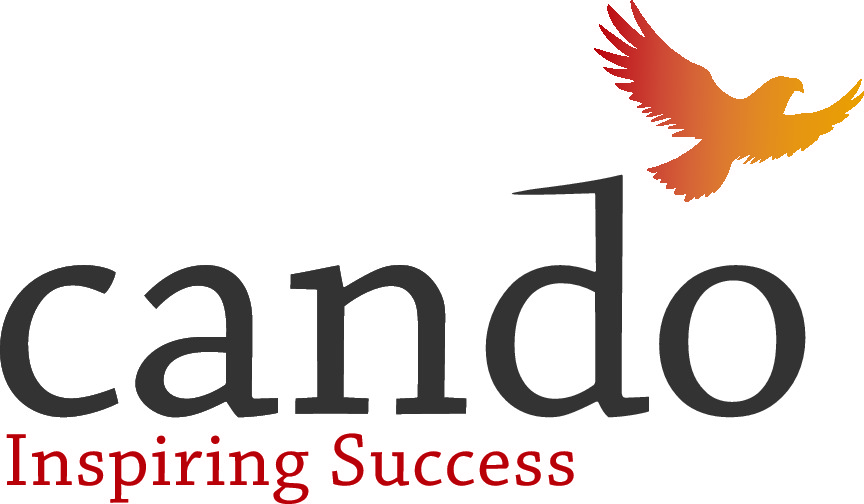The Emerging Indigenous Language Economy: Labour Market Demand for Indigenous Language Skills in the Upper Great Lakes
DOI:
https://doi.org/10.54056/PSCJ2651Keywords:
Business And Economics, Community, Culture, Economic development, Economic wellbeing, Education, Employers, Ethnic Interests, Focus groups, Human capital, Indigenous languages, Indigenous peoples, Innovations, Labor market, Lakes, Language proficiency, Market research, Market surveys, Native languages, Native North Americans, Research, Self sufficiency, Trends, Wage differential, Indigenous economic development, Indigenous communities in Canada, Indigenous self-governanceAbstract
Language revitalization is necessarily intertwined with economic spheres, as Grenoble and Whaley have expressed that the economic wellbeing of a community influences its ability to engage in such efforts (2006, p. 44). Conversely, health researchers assert that cultural continuity, in which language is inextricably linked, is a prerequisite to self-sufficiency and community sustainability (Oster, Grier, Lightning, Mayan, & Troth, 2014). Nonetheless, the place of Indigenous language(s) within labour market research has often focused on the need for greater access to dominant-language education (MacIsaac & Patrinos, 1995) or the impact on wage differentials (Chiswick, Patrinos, & Hurst, 2000) while research on Indigenous language revitalization in Canada has been largely silent on the relationship to economic spheres, and community economic development literature has engaged with notions of culture more broadly. Drawing on interviews and focus groups from a selection of Anishinaabe communities in Northern Ontario, Canada, this research identifies existing needs for Anishinaabe language speakers within the regional labour market, showcasing the oft-overlooked economic demand for Indigenous language skills. Support for this project was provided by the Ontario Human Capital Research and Innovation Fund from the Ministry of Training, Colleges and Universities.
Downloads
References
Aboriginal Affairs and Northern Development Canada [AANDC]. (2013). Aboriginal data as a result of changes to the 2011 Census of Population. Retrieved February 25, 2016, from [Link](https://www.aadnc-aandc.gc.ca/DAM/DAM-INTER-HQ-AI/STAGING/texte-text/rs_re_brief_2011NHS_print_1380028890150_eng.pdf).
Assembly of First Nations [AFN]. (2007). National First Nations language strategy. Annual General Assembly, July 10–12, 2007, Halifax, NS.
Chandler, M.J., & Lalonde, C. (1998). Cultural continuity as a hedge against suicide in Canada’s First Nations. Transcultural Psychology, 35(2), 191–219.
Chiswick, B.R., Patrinos, H.A., & Hurst, M.E. (2000). Indigenous language skills and the labor market in a developing economy: Bolivia, Economic development and cultural change, 48(2), 349–67.
Grenoble, L., & Whaley, L. (2006). Saving languages: An introduction to language revitalization. Cambridge: Cambridge University Press.
Kenjgewin-Teg Educational Institute [KTEI]. (2014a). KTEI Anishinaabe Odziiwin — FAQ’s. Retrieved March 20, 2016, from [Link](http://www.ktei.net/faqs—-anishinabe-odziiwin-passport.html).
Kenjgewin-Teg Educational Institute [KTEI]. (2014b). Mnidoo Mnising Anishinabek Kinoomage Gamig (Immersion Early Learning). Retrieved March 20, 2016, from [Link](http://www.ktei.net/mnidoo-mnising-anishinabek-kinoomage-gamig-immersion-early-learning.html).
Loxley, J. (2010 [1986]). Strategies advocated by Native peoples, Aboriginal, northern, and community economic development: Papers and retrospectives, 57–71. Winnipeg, MB: ARP Books. Originally published in The Economics of Community Development, Report prepared for Native Economic Development Program, D.R.I.E., January 1986.
MacIsaac, D.J., & Patrinos, H.A. (1995). Labor market discrimination against Indigenous People in Peru, Journal of development studies, 32(2), 218–233.
Ministry of the Attorney General. (2015). Accredited languages interpreted in Ontario courts. Retrieved on March 24, 2016, from [Link](https://www.attorneygeneral.jus.gov.on.ca/english/courts/interpreters/languages.php).
Oster, R.T., Grier, A., Lightning, R., Mayan, M.J., & Toth, E.L. (2014). Cultural continuity, traditional Indigenous language, and diabetes in Alberta First Nations: A mixed methods study, International journal of equity health, 13(92).
Patrinos, H.A., Velez, E., & Psacharopoulos, G. (1994). Language education and earnings in Asuncion, Paraguay, Journal of developing areas, 29(1), 57–68.
Patrinos, H.A. (1997). Difference in education and earnings across ethnic groups in Guatemala, Quarterly review of economics and finance, 37(4), 809–822.
Smith, D.H. (1994). The issue of compatibility between cultural integrity and economic development among Native American tribes, American Indian Culture and Research Journal, 18(2), 177–205.
Spolsky, B. (2009). Language management. Cambridge: Cambridge University Press.
Staples, S. (2015). Culture and economic development: The case of Aboriginal languages. Unpublished honours thesis. Victoria, BC: University of Victoria.
Statistics Canada. (2006). Census of Canada. Ottawa: Industry Canada.
Statistics Canada. (2006). Census of Population, Statistics Canada Catalogue no. 97-555-XCB2006016.
Statistics Canada. (2011). Census of Population, Statistics Canada Catalogue no. 98-314-XCB2011047.
Task Force on Aboriginal Languages and Cultures (2005). Towards a new beginning: A foundational report for a strategy to revitalize First Nation, Inuit and Métis languages and cultures. Ottawa, ON: Ministry of Canadian Heritage.
Truth and Reconciliation Commission [TRC]. (2015a). Truth and Reconciliation Commission: Calls to action. Winnipeg, MB: Author.
Truth and Reconciliation Commission [TRC]. (2015a). Canada’s residential schools: The legacy — The final report of the Truth and Reconciliation Commission of Canada. Vol. 5. Winnipeg, MB: Author.
Valentine, J.R. (2001). Nishnaabemwin reference grammar. Toronto: University of Toronto Press.
Downloads
Published
Issue
Section
License
Copyright (c) 2019 Cando

This work is licensed under a Creative Commons Attribution-NonCommercial-NoDerivatives 4.0 International License.




